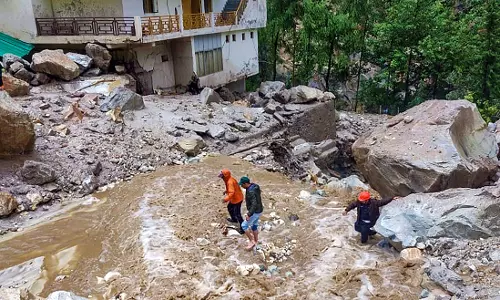Army will review battle-readiness, joint war doctrine
The policy change has also found mention in the latest war doctrine of the Indian armed forces released in April 2017.

New Delhi: Commanders and top officials of the Indian Army will undertake a 360-degree review of the battle readiness of the force as well as examine the “joint war” doctrine of the three arms of India’s military in the bi-annual meet that takes off on October 9.
The meet assumes outmost significance with India gradually transitioning from a country with a “soft” image to a “hard state” posture amid the acceptance by the military that all future wars expected to be “short, swift and intense”.
The policy change has also found mention in the latest war doctrine of the Indian armed forces released in April 2017. “India has moved to a pro-active and pragmatic philosophy to counter various conflict situations. The response to terror provocations could be in the form of ‘surgical strikes’ and these would be subsumed in the sub-conventional portion of the spectrum of armed conflict,” it says.
The top meet, which will be addressed by the defence minister, will begin from October 9 to October 12 before the closed door sessions take place till October 14.
The 73-day-long Doka La standoff with the Chinese People’s Liberation Army, the Army’s ongoing “all out” offensive operation in the restive state of Jammu and Kashmir to corner and eliminate all hardcore militants before the onset of winter and military operations against insurgents, especially the NSCN(K) in Nagaland, Arunachal Pradesh and the Indo-Myanmar border area, are most likely to figure in the discussions.
The top Army brass will deliberate on the lessons learnt during the course of the operations as well as the future policies that need to be adopted.



